Life in the USA is not normal. It feels pointless and trivial to be talking about small looks at the fascinating natural world when the country is being dismantled. But these posts have been scheduled for over a month, and they will continue, as a statement of resistance. I hope you continue to enjoy and learn from them.
Glooms of the live-oaks, beautiful-braided and woven / With intricate shades of the vines that myriad-cloven / Clamber the forks of the multiform boughs…
The Marshes of Glynn, commemorated in Sidney Lanier’s 1878 poem, are coastal intertidal salt marshes near Brunswick, Georgia USA, the seat of Glynn County. The marshes are protected by classic barrier islands and comprise a prolific ecosystem five miles (8 km) wide but 100 or more miles (160 km) long.
Brunswick also gives its name to a feature deep beneath the surface, the Brunswick Magnetic Anomaly. Crossing southern Georgia and extending east into the Atlantic Ocean and west across southern Alabama, the Brunswick Magnetic Anomaly is a long, curving magnetic low, the narrow blue feature on the map above, representing a strong contrast in magnetic material in the earth’s crust.
There is plenty of discussion about its exact nature – is it a fault zone, a string of intrusive igneous rocks, simpler changes in rock type, or something else? But fundamentally, it represents the zone along which the leading edge of Gondwana collided with the southeastern margin of North America. We call this zone of amalgamation a suture zone, where continents or other blocks have been tectonically attached to each other, like a huge medical suture using a lot of different ways to do the attaching.
With a step I stand On the firm-packed sand, Free / By a world of marsh that borders a world of sea. / Sinuous southward and sinuous northward the shimmering band / Of the sand-beach fastens the fringe of the marsh to the folds of the land.
The depth to the sources of the magnetic anomaly that marks the suture is around 10-11 miles (16-18 km), so it represents some of the deepest parts of the collision between the two continental masses.
You usually see this part of the U.S. referred to as part of Africa, but the zone that includes all of Florida, much of the Florida Shelf, and the southern parts of Georgia and Alabama as well as probably the Bahamas and points to the southeast were really part of Gondwana, occupying a triangular zone between what is now Senegal to Liberia on the African coast and Venezuela and the Guianas down to northeastern Brazil on the South American coast.
This little bit of Gondwana had been part of the supercontinent for at least a few hundred million years, and it was at the forefront of part of the Allegheny-Appalachian collision in Pennsylvanian time, about 300 to 330 million years ago, that welded Gondwana to North America. They remained attached for more than 100 million years, forming part of the new super-supercontinent of Pangaea. There would have been a notable mountain range across southern Georgia at that time, continuing north to the present-day Appalachians.
But now when the noon is no more, and riot is rest, / And the sun is a-wait at the ponderous gate of the West…
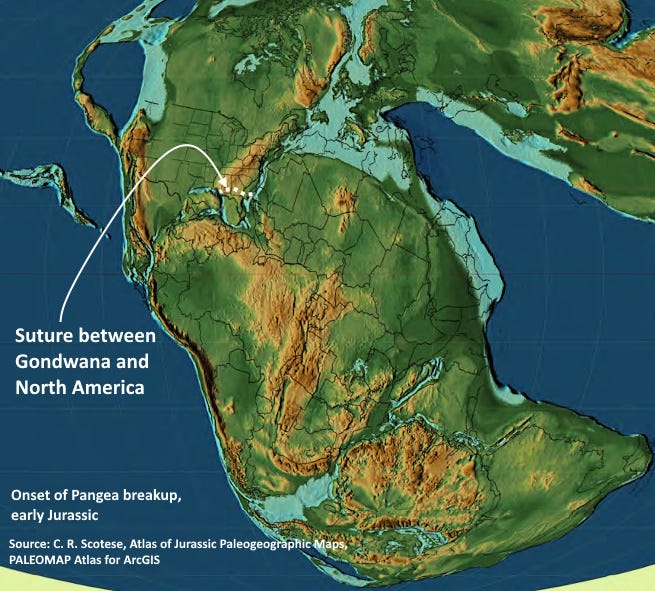
It wasn’t until the Jurassic Period, roughly 150 million years after Pangaea was assembled, that Pangaea began to break apart again. As you might expect, it broke apart to form the Atlantic Ocean along its weakest zones, and some of the weak zones were the highly faulted and deformed areas where the continents had come together in Pennsylvanian-Permian time.
Africa rifted away from North America approximately along the old suture between them – but not exactly. The rift split along different lines in what is now the southeastern United States, and Florida and southern Georgia and southern Alabama and the adjacent continental shelves got left behind. A bit of Gondwana had become part of North America.
The Marshes of Glynn conceal much that is beneath.
And I would I could know what swimmeth below when the tide comes in / On the length and the breadth of the marvellous marshes of Glynn.
My photos are from a visit in 1976. The lines of poetry are from The Marshes of Glynn by Sidney Lanier (1842-1881).

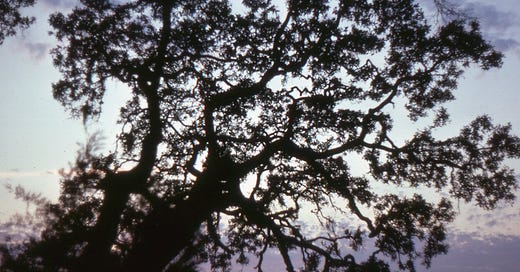



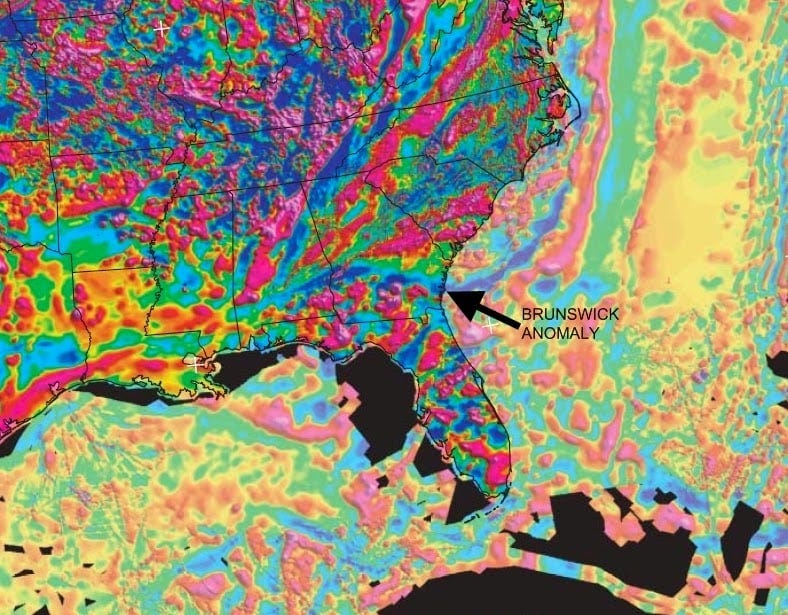
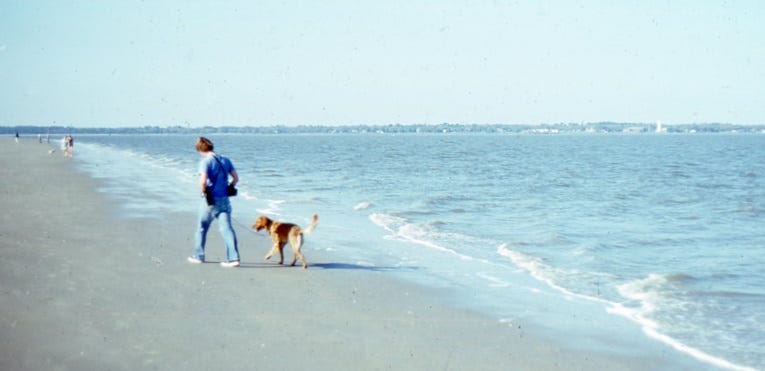
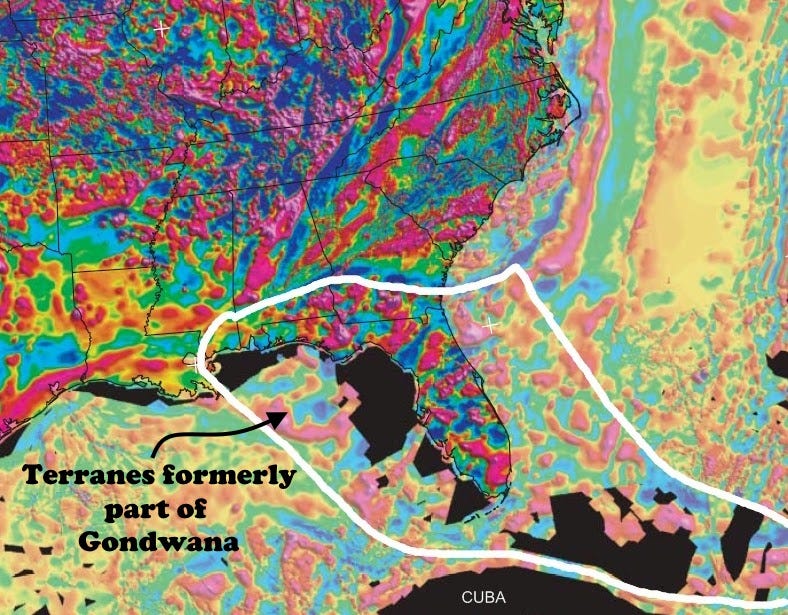
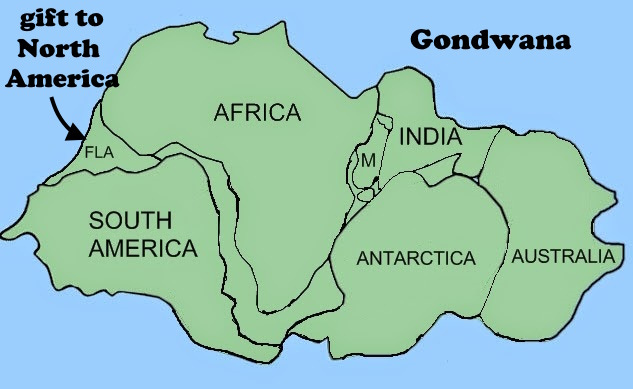
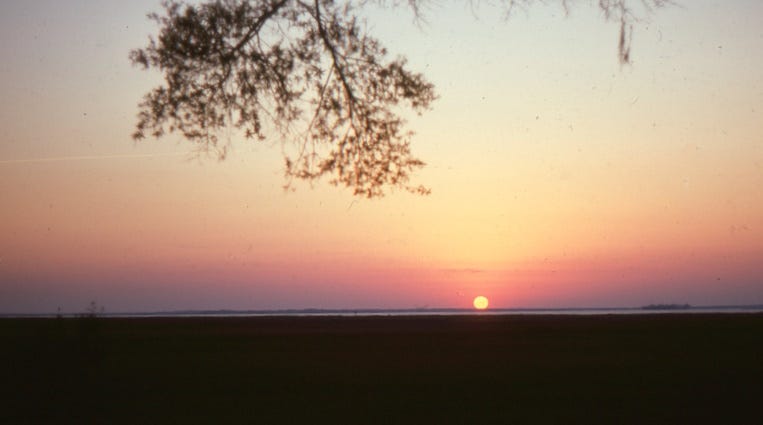
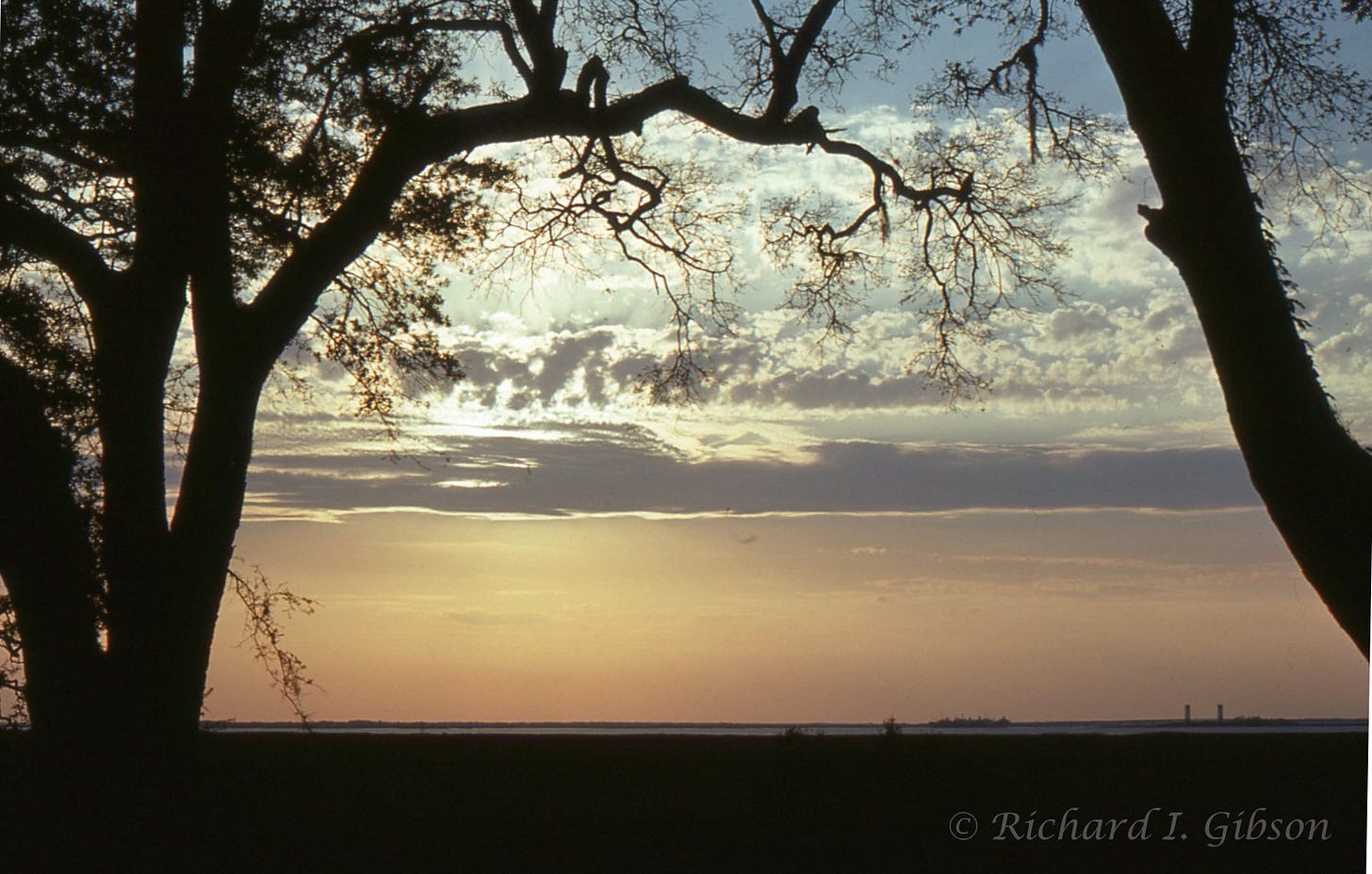
As you probably know, we live in Columbus Just north of where the white line in the second map crosses the AL/GA line (the Chattahoochee River). And the Brunswick anomaly comes in just to our east.
There's poetry in them thar rocks.